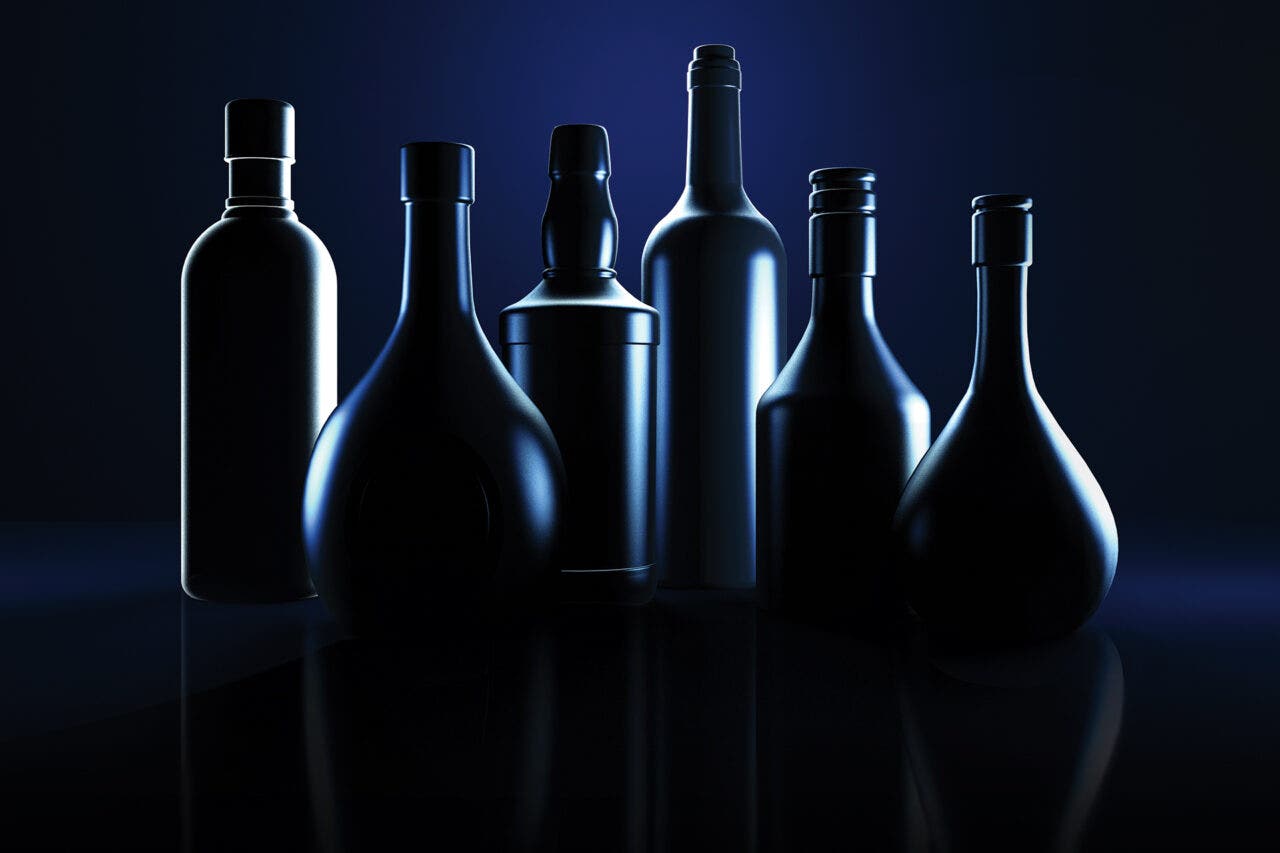As someone who grew up shopping the clearance section in discount stores, it still warms my bargain-hunter’s heart to find a great spirit with a gentle price tag.
When I’m reviewing spirits, I don’t know the price point on a bottle until after the review is written and score assigned, as per Wine Enthusiast’s policy. That’s created the opportunity for some delightful surprises: delicious pours that I’d assume to be bank-breakers, but turn out to be great values.
Other times, the unveil reveals a sip that might otherwise be beyond my budget. That can be a happy moment too—what kind of ingrate would complain about enjoying what turns out to be a $200 whiskey in their glass?
Yet, I had a moment of reckoning recently.
After tasting a flight of brandies, I was floored to find one of the bottles was valued at $2,300, the most expensive sample I’ve ever been sent to review. (Yes, I’ve seen vintage or limited-edition bottles fetch far more at auction, but I’m talking about mainstream spirits releases that might be easily purchased.)
Make no mistake, that bottle was excellent. But it didn’t score that much higher than other, more reasonably priced bottles in the same lineup.
Lately, I’ve come to the conclusion that $200 is the ceiling for high-end bottles that may be worth the splurge. After that, it’s the law of diminishing returns. A $200 bottle might be 10 times better than a $20 bottle. But I’ve yet to find a $2,000 bottle that’s 10 times better than a $200 bottle. At that price point, you’re likely paying for a backstory or fancy packaging, not the liquid.
Let me explain. Why did the $2,300 bottle merit that price tag? It was a Cognac blended with a large portion of eau-de-vie that had been distilled in the 1960s, packaged in a lovely hand-blown crystal decanter. Most Cognacs blend liquid of various ages, though often it’s just a teeny fraction of older vintages in the overall mix.
Contrast this against Remy Martin’s iconic Louis XIII Cognac, which famously blends 1,200 eaux-de-vie aged between 40 to 100 years. Depending on how it’s packaged, a bottle fetches anywhere between $2,500 to $200,000. I’m basing that latter figure on the Black Pearl anniversary edition launched by the brand in 2014 to celebrate the 140th anniversary of the Louis XIII brand, which included liquid sourced from a particularly exceptional barrel, according to the producer, and was showcased in a Baccarat decanter plated with layers of titanium, carbon and gold. The original retail price was $16,000, although as a rare collector’s item it now it draws breathtaking sums that ascends into the six-figure range.
There’s a market for these bottlings. Some are perfectly content to shell out for the experience of drinking a rare or storied spirit. I have no problem with that. I might even be a bit envious.
But it drives home the point that “expensive” is a subjective term. So is “luxury.”
High-end bottlings aren’t limited to Cognac, of course, and more come to market all the time. The white-hot Tequila category in particular has seen an influx of pricey bottles in the “super-premium” tier, including many backed by celebrities. Whiskey, particularly Scotch, Japanese and American Bourbon, always has had its share of rare and vintage bottles too. Reflecting this ongoing trend, the Distilled Spirits Council of the United States (DISCUS) is launching a “Luxury Spirits Index” this spring, tracking a basket of brands that retail for over $50 a bottle.
Fifty bucks may be the floor for some “luxury” bottlings, but it’s rarely the ceiling. So when a bottle price soars into the three- or four-digit range, here’s what I try to consider: If someone buys this bottle based on my recommendation, will they feel it’s worth the spend?
I like to think that part of my job is to help find buried treasures, ranging from gorgeous splurge-worthy bottles you’d be proud to open for a special occasion to great values that mix reliably decent cocktails.
Luckily, there’s room in spirits for all price points. But I still feel strongly that “expensive” doesn’t always equal “better.”
I’ll always find room in my heart for a dazzling spirit, or a luxuriously soft cashmere sweater. But I’ll love both just a little bit more if I feel like the price is right.
Published: February 25, 2021















